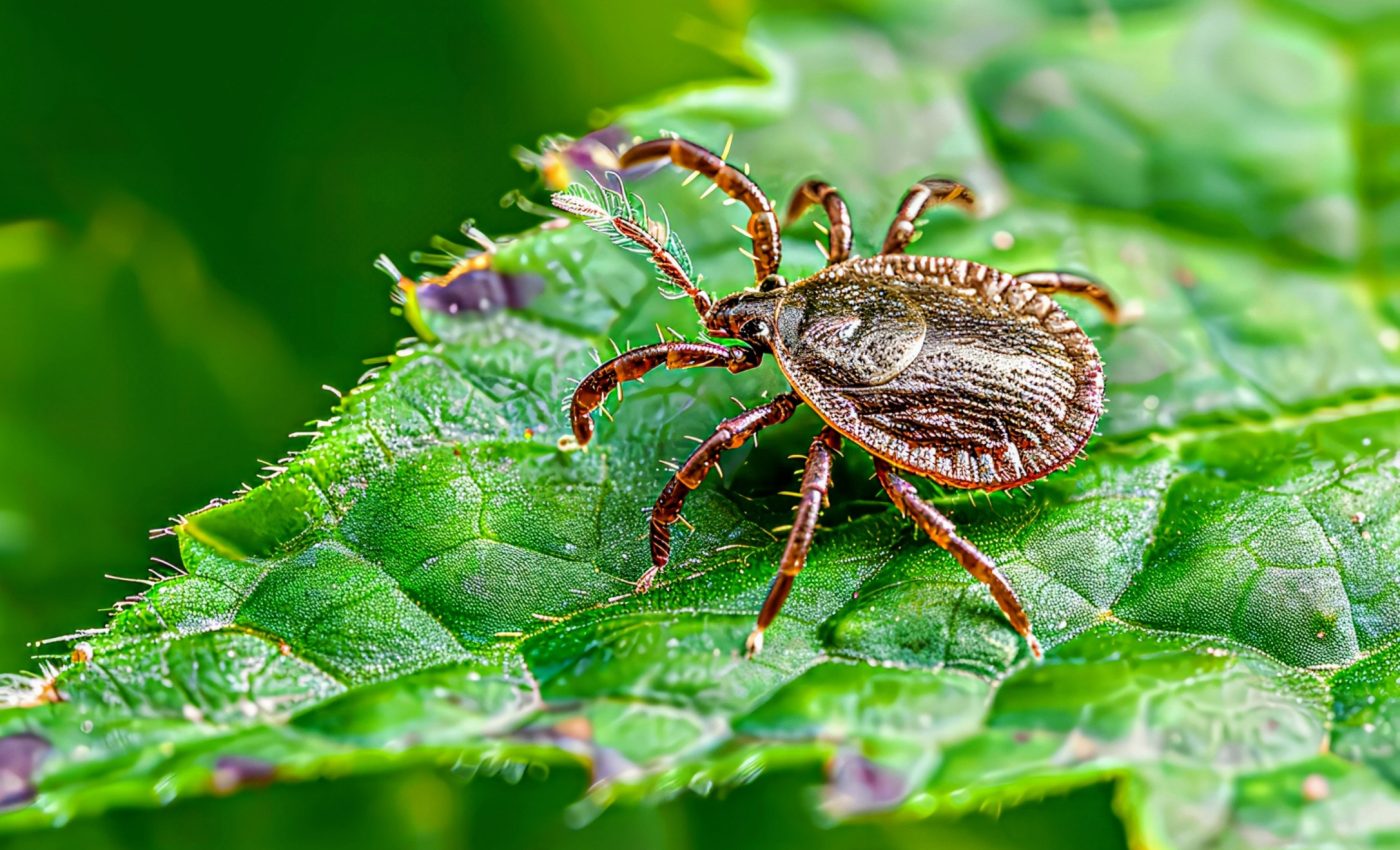
Ticks are hitchhiking on birds to spread diseases worldwide
Ticks might be small, but their impact on public health is undeniably significant. Known for carrying disease pathogens that they pick up from various hosts, ticks journey does not stop at the grassfield’s corner.
Instead, these tiny creatures hitch rides on migrating birds, taking them thousands of miles away from their regular geographic range.
Historically, ticks were deterred by the inhospitable climate conditions in distant lands. But the climate crisis, the elephant in our global living room, is rewriting this narrative.
Now, it’s becoming easier for ticks to survive and spread – possibly bringing along new tick-borne diseases.
Climate change fuels tick-borne diseases
“If conditions become more hospitable for tropical tick species to establish themselves in areas where they would previously have been unsuccessful, then there is a chance they could bring new diseases with them,” said study lead author Dr. Shahid Karim of the University of Southern Mississippi.
With conditions becoming more favorable for these unwelcome guests, there’s a good chance they could introduce new diseases to these areas.
Hitchhikers of the animal kingdom
Ticks have proven their efficiency as disease vectors time and again. They act as connecting bridges, enabling diseases from wild reservoirs like Lyme disease to reach humans and domestic animals.
Bird parasitism, particularly of migratory birds, enables ticks to travel enormous distances. The climate crisis, altering global temperatures, is laying the foundation for ticks to play the role of invasive species.
Rapid and unsettling shift
The geographic distribution of tick species is changing at a staggering speed, noted Dr. Lorenza Beati from Georgia Southern University.
To ticks, the climate at their northern destination may soon look more like their home turf. Ticks could likely establish themselves if warmer conditions are coupled with the presence of suitable vertebrate hosts.
Mystery of tick dispersal
The core study involved meticulous fieldwork, DNA analysis, bird categorization, and mapping to understand tick dispersal’s true picture through migrating birds.
Intriguingly, ticks traveled impressive distances, with some hitting the 5000km mark. Nevertheless, parasitism was unexpectedly low, and most birds carried fewer ticks than anticipated.
Tick-bacteria relationship
Science often uncovers unexpected alliances in nature. In this case, scientists found that Francisella bacteria, the most common type found in ticks, help ticks function and spread diseases effectively.
Interestingly, the second most abundant bacteria were Rickettsia species. These bacteria might have an unknown symbiotic relationship with ticks.
The researchers emphasize the need for continued research in understanding the full impact of bird-assisted tick dispersal.
In particular, they point out the pressing need to unravel whether birds carry tick-borne diseases even when they aren’t hosting ticks.
If these foreign ticks establish themselves in new regions, they might open doors for existing pathogens to spread or maintain new pathogens in wildlife reservoirs.
Expanding range of ticks
“Not only could these ticks bring new pathogens, but if they manage to establish themselves in the US, they could become additional vectors of pathogens already present in this country or maintain pathogens in wildlife reservoirs which can then become sources of infection,” said Dr. Karim.
He advises people to protect themselves with insect repellent and carefully check for ticks after walking in tick-infested areas.
Awareness and precaution on ticks and their disease transmission are our most effective tools against these creatures.
The role of climate models
The integration of climate models into tick research has become increasingly critical as scientists strive to predict future tick distributions and their invasion success.
These models consider variables such as temperature, humidity, and vegetation – which significantly influence tick survivability and habitat suitability.
By projecting potential changes in climate and environmental conditions, scientists can assess areas at risk of new tick infestations.
According to Dr. Lorenza Beati, this predictive approach enables proactive measures to mitigate risks related to tick-borne diseases, thereby prioritizing regions for surveillance and intervention.
Addressing the threat of tick-borne diseases
Addressing the expanding range of ticks and the increasing threat of tick-borne diseases requires a collaborative global response.
Researchers, public health officials, and policymakers must work together to develop strategies that curb tick proliferation and manage diseases effectively.
International partnerships can facilitate the sharing of data, resources, and expertise essential for understanding tick dynamics on a global scale.
Moreover, public awareness campaigns and community engagement play a vital role in educating populations on preventive measures, such as the importance of maintaining tick-safe environments and the early detection of symptoms related to tick-borne diseases.
The tiny bodies of ticks churn large ripples in the world of disease transmission. As climate change inadvertently clears paths for their wide-scale dispersal, our interconnected world is suddenly appearing smaller and more vulnerable.
Through collective efforts, a comprehensive and adaptable approach can be forged to confront the challenges presented by these formidable arachnids.
The study is published in the journal Frontiers in Cellular and Infection Microbiology.
—–
Like what you read? Subscribe to our newsletter for engaging articles, exclusive content, and the latest updates.
Check us out on EarthSnap, a free app brought to you by Eric Ralls and Earth.com.
—–













